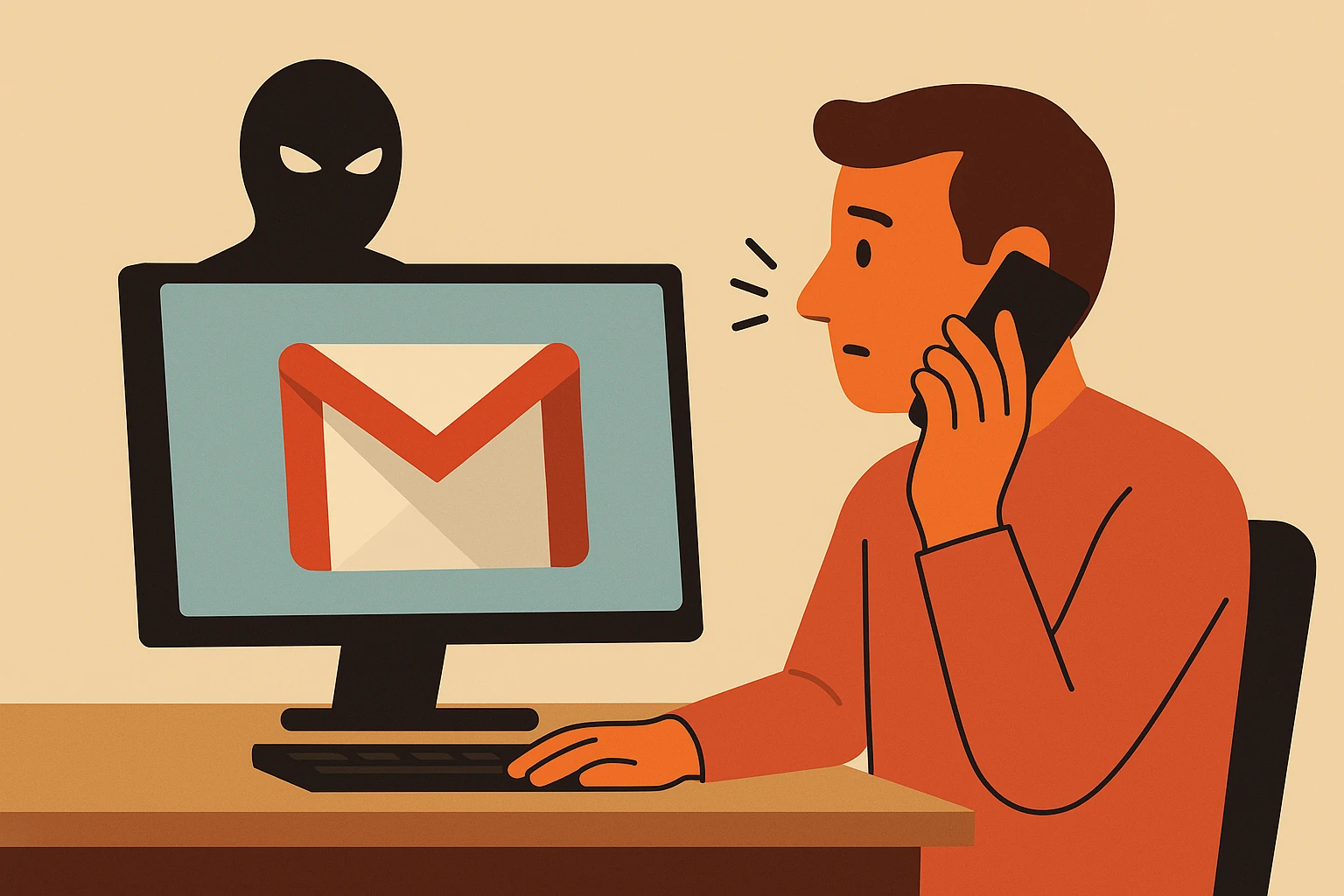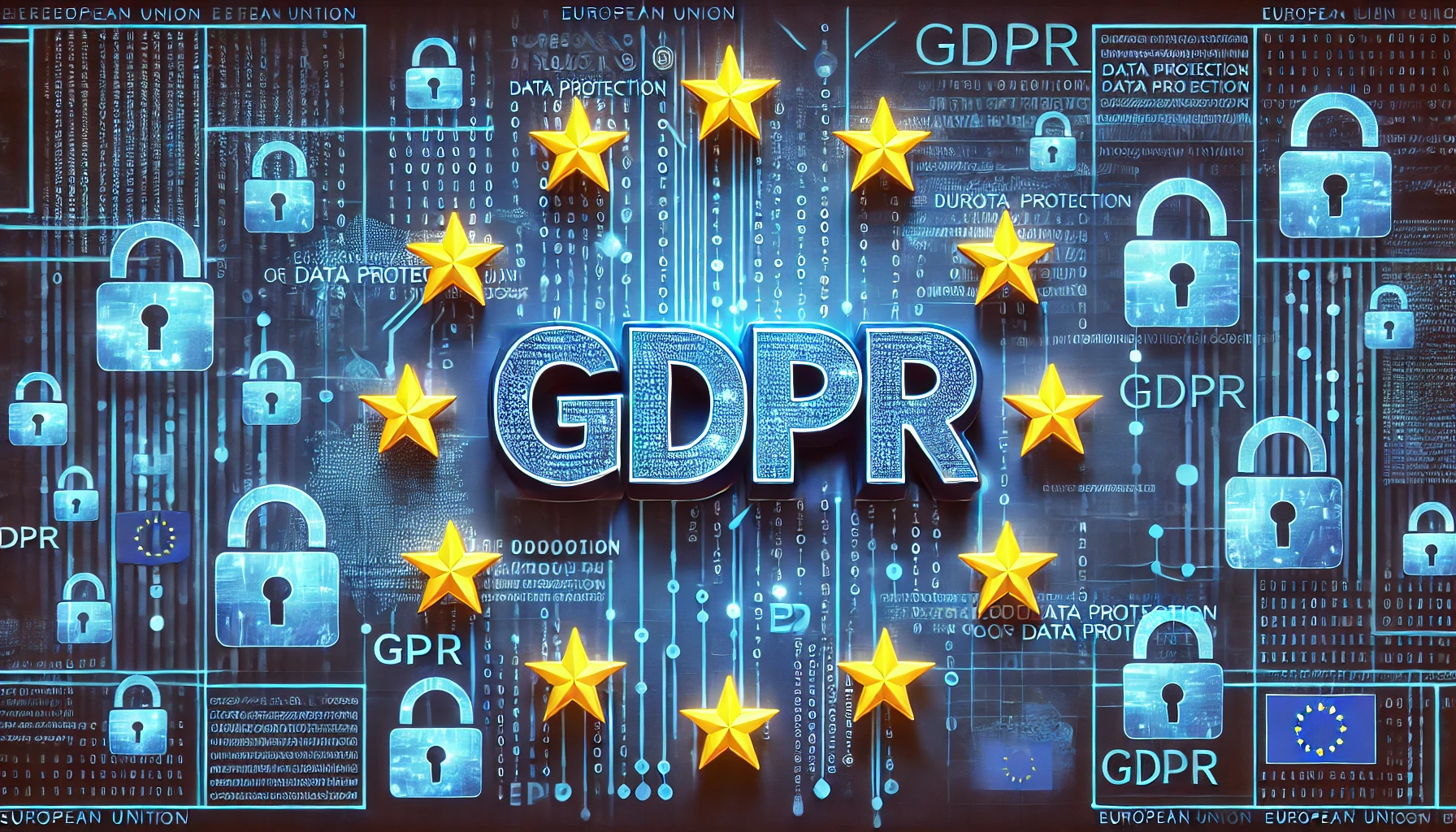Category: Cybersecurity
-
Download and get hacked: the silent malware hiding in Google results
Over 8,500 systems infected via fake PuTTY and WinSCP downloads in a global SEO poisoning campaign
Written by

-
Gmail scam alert: fake tech support trick is stealing your recovery codes
Phishing emails and fake Google calls are compromising accounts—here’s how the scam works and how to stay safe
Written by

-
APT41: when espionage becomes business
The Chinese hacker group turning every vulnerability into an attack opportunity In the vast ecosystem of advanced cyber threats, APT41 stands out not only for its longevity but also for its unique ability to blend state-sponsored espionage with profit-driven cybercrime. Known by names such as Wicked Panda, Earth Baku, or Bronze Atlas, this fluid entity represents a new type of threat: hybrid…
Written by

-
Typosquatting: what it is and how to prevent
Abstract Typosquatting is a pervasive threat in the digital landscape, exploiting simple errori di ortografia to deceive users and compromise sicurezza informatica (cybersecurity). By understanding cos’è il typosquatting and implementing preventive measures, both individuals and businesses can protect themselves from this insidious practice. Stay vigilant, double-check URLs, and leverage security tools to ensure a safer…
Written by

-
Digital Twins: What They Are and How They Work
Digital twins are one of the most revolutionary technologies of Industry 4.0, allowing to create a virtual representation of real objects, processes or systems. Their use extends to numerous sectors, from manufacturing to healthcare, from automotive to smart cities , with applications ranging from predictive maintenance to performance optimization. However, this technology also has significant implications for cybersecurity, as the integration with digital technologies introduces…
Written by

-
NIS2 Directive : The Italian National Cybersecurity Strategy
The Italian National Cybersecurity Strategy 2022-2026 represents a fundamental pillar to strengthen the digital protection of our country. This ambitious plan aims to ensure a high level of cyber resilience, protecting critical infrastructures, promoting innovative technologies and addressing growing cyber threats. The Prime Minister, together with the Council of Ministers, plays a central role in…
Written by

-
Kaspersky uncovers a global Telegram malware campaign targeting fintech users
Hackers used Telegram to spread spyware targeting users and businesses in the fintech and trading industries A targeted attack on the fintech sector The Kaspersky research team has recently revealed a global malware campaign in which cybercriminals used Telegram to distribute spyware. This malware, a sophisticated Trojan, is designed to steal sensitive data such as…
Written by

-
Google releases Chrome security update: 4 vulnerabilities fixed
Google releases an update to Chrome fixing 4 vulnerabilities, including 2 high-severity ones Google has rolled out an update for the Chrome browser that addresses 4 security vulnerabilities, 2 of which have been classified as “high severity.” This update impacts all major platforms, including Windows, Mac, and Linux. Here’s what you need to know to…
Written by

-
GDPR and cybersecurity: data protection
Introduction to the GDPR The GDPR is the acronym for General Data Protection Regulation. This is a European Union law adopted to harmonize personal data protection laws across the EU and to strengthen citizens’ rights regarding the management of their data. The GDPR was approved by the European Parliament on 27 April 2016 and officially entered into force…
Written by

